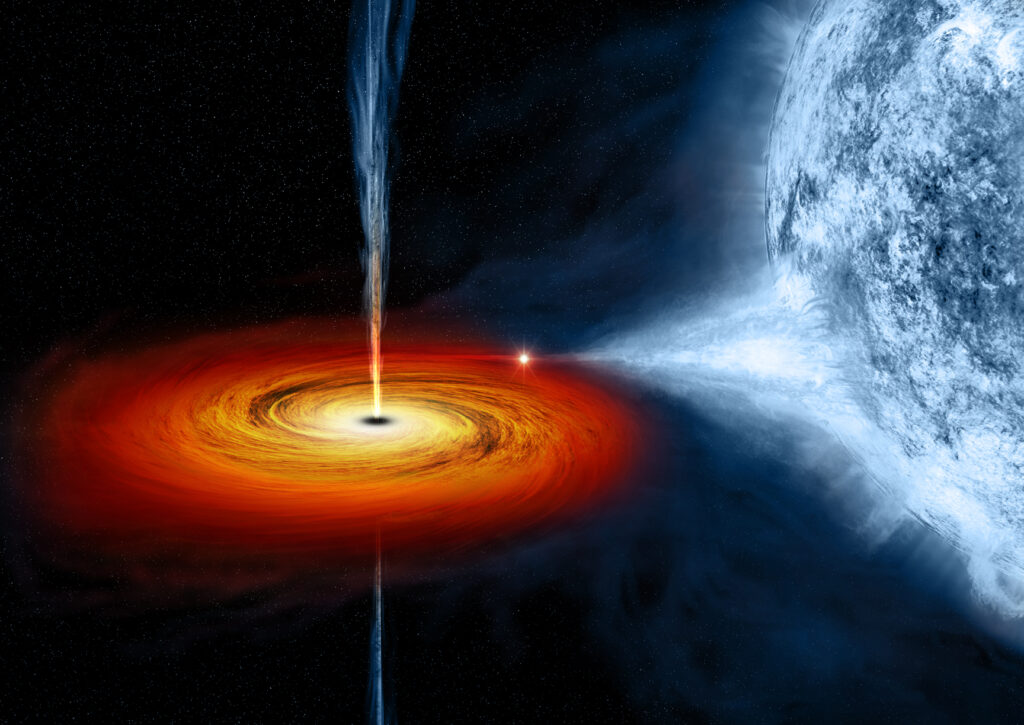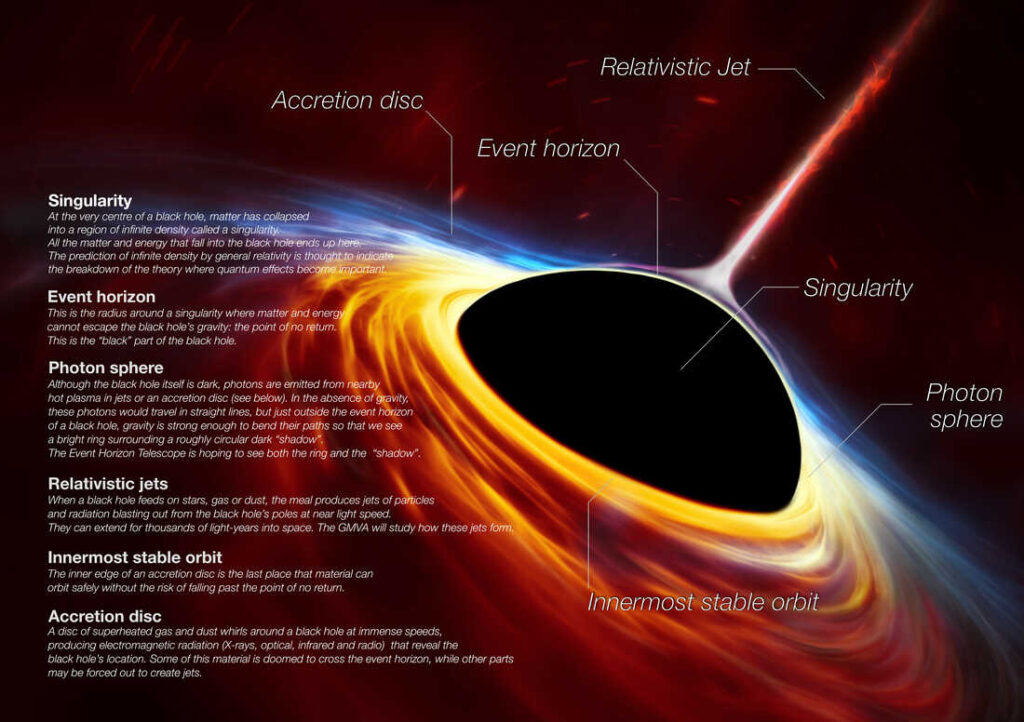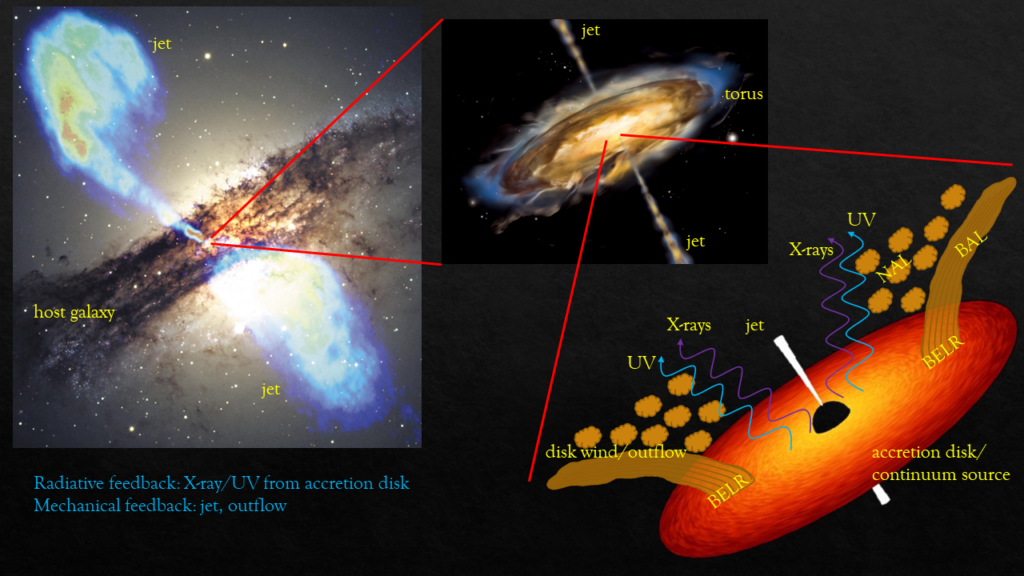Daba Coura Mbow

Born in California and raised in Tucson, Arizona, Rajib Ganguly did his undergraduate studies at the University of Arizona, earning a double major in astronomy and physics. His love for physics and astronomy continued to grow and he decided to pursue a PhD at Penn State University. After earning his doctorate degree in 2002, Dr. Ganguly started a postdoc at The Space Telescope Science Institute in Baltimore and a second postdoc at the University of Wyoming in 2006. He came to the University of Michigan Flint in 2009 to take up a tenure track position. Since arriving at UM-Flint, Dr. Ganguly’s work has continued to examine deep space and focus on the growth of black holes. A black hole is a place in space where gravity is so strong and pulls so much surrounding matter and energy that even light can not get out. The material surrounding the black hole can be seen by using a telescope. Ganguly’s research focuses on the largest black holes, also called supermassive black holes. The focus of this work is to discover the process by which black holes grow and have a better understanding of their formation. He is particularly interested in making sure that we have a complete understanding of the structure of these things that lie in the hearts of galaxies.

By observing black holes, we are able to classify and count the different types. Ganguly describes what are known as primordial black holes, thought to have formed in the early universe, soon after the big bang. Next, we have stellar black holes which occur when a massive star reaches the end of its life and its core implodes. That collapse also causes a supernova, or an exploding star, that blasts part of the star into space. Astrophysicists have also identified intermediate-mass black holes. As the name implies, intermediate-mass black holes fall between stellar-mass black holes and supermassive black holes. This type of black hole is not too small, not too big, but it is rare. Last but not least there are supermassive black holes (SMBHs). Also called the monster of the galaxy, these black holes can have masses of up to billions of Suns, with sizes that would fill the orbit of Earth or Mars. SMBHs were the first black holes to be imaged directly with telescopes because of their scale. Black Holes follow the laws of gravity like other objects in deep space. Astrophysicists argue, based on their observations, that if a black hole with the same mass as the Sun were to replace the Sun, Earth would not fall in. A black hole with the same mass as the sun would keep the same gravity as the Sun. The planets would still orbit the black hole as they orbit the sun now.

Looking at his own research, for Dr Ganguly, it’s hard to tell how orbiting material begins to decay and lose its annual momentum, to fall into a black hole. These are some of the mysteries that keep Professor Ganguly invested in his research. Some of the findings reported by Ganguly and his collaborators indicate the porous material observed near black holes consists of dust and the dust varies with the intensity of radiation from sunlight. Black holes have a reputation for eating everything that comes by, but they turn out to be messy eaters. Ganguly indicates that a lot of stuff that falls toward a black hole actually gets jetted away. These streams of cosmic material are often visible and are perpendicular to black holes. These jets and outflows of gas called “winds” spread atoms throughout the galaxy, and can either boost or throttle the birth of new stars, depending on other factors. All of this observational science improves our general understanding of the universe and its origins, and challenges physicists to learn more about the functioning of matter, distance, time, and gravity.
Dr. Ganguly: description of NSF project proposal
In the “Unveiling the Drivers of Galaxy Growth” priority of the “Cosmic Ecosystems” theme from the Astro2020 decadal survey, we are interested in the role of quasar activity in the evolution of galaxies. Our proposed research regards the subset of resonant ultraviolet absorption lines that appear on the broad emission lines often called associated absorbers (AALs). Several questions regarding AALs remain unanswered: (1) What are the demographics of AALs? Are there multiple populations? (2) If the gas imprinting AALs lives in the host galaxy of the quasar as indicated in some studies, what distinguishes those host galaxies such that only 25% of quasars have AALs? Why do the other 75% not have AALs? (3) What is the physical driver underlying the relationship between AALs and the quasar radio properties? The incidence is observed to vary with radio loudness and with radio spectral index. How do the gas-producing AALs relate to the relativistic jets? Is this an indication of a phase in the quasar duty cycle, an indication of the geometric distribution of AAL-producing gas (i.e., orientation), or a combination of the two?

Summary illustration of feedback processes and associated quasar components. Left: An optical image of Cen A, the host galaxy of a quasar with radio jets overlaid. On the largest scales (∼10-1000 kpc), jets can interact with the intergalactic and circumgalactic medium around the host galaxy. Top, Middle: An artist’s rendition of the quasar central engine on smaller scales (∼few pc). The torus and jet are visible here. Bottom, right: On the smallest scales ( <1000AU), we see the inner portions of the accretion disk where the bulk of soft X-rays and ultraviolet radiation originate. A disk wind is purported to be launched on these scales and is responsible for both broad emission and absorption lines. Narrow absorption lines may originate in cloudlets hugging this wind.